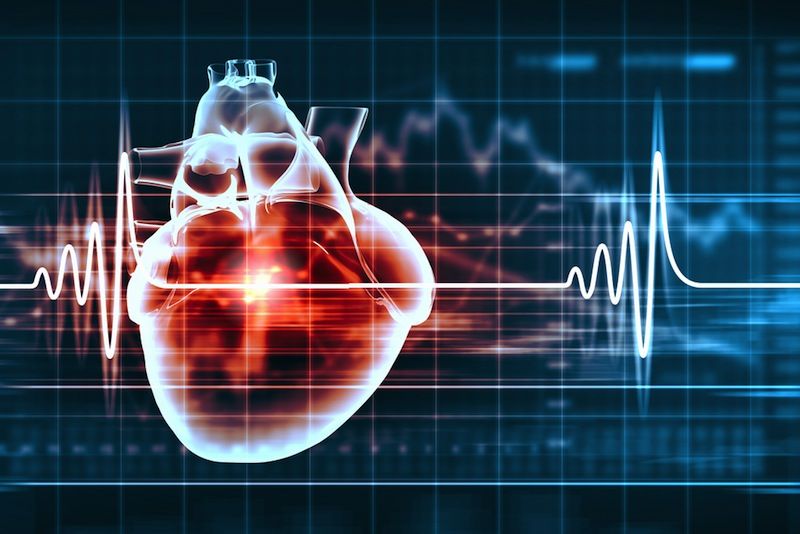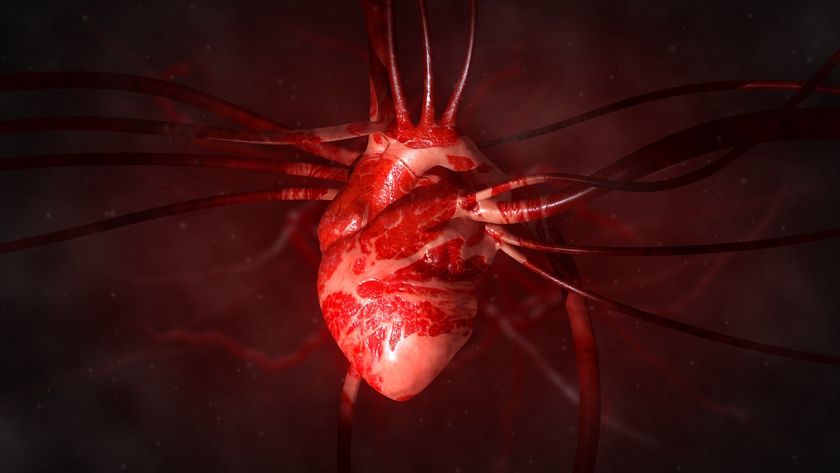New Coiled Fibers Could Heal Damaged Hearts

By growing heart cells in scaffolds made of coiled fibers, scientists could develop implants that could help people's hearts spring back into action after heart attacks.
Heart disease accounts for more than a third of all deaths in the United States. Its costs exceed $312 billion yearly, and are expected to exceed $1.5 trillion per year by 2030, according to the 2013 American Heart Association report.
Heart disease often leads to heart attacks, which can cause a loss of blood flow to the heart tissue and lead to the death of heart muscle cells. With heart transplants scarce, half the people who live through a heart attack die within five years.
To help people survive heart attacks, researchers have sought for years to engineer heart tissue they could use to patch up damaged parts of the heart. One technique for doing this involves creating scaffolds that developing cells can grow on, until they become functioning tissue. [5 Crazy Technologies That Are Revolutionizing Biotech]
Until now, researchers have used straight fibers in those scaffolds, researcher Tal Dvir, of Tel Aviv University in Israel, said in a statement. But straight fibers prevent the tissue from contracting.
"What we did was mimic the spring-like fibers that promote contraction and relaxation of the heart muscle," Dvir said. "We found that by growing tissues on these fibers, we got more functional tissues."
The scientists had analyzed natural heart tissue, which possesses a 3D network of fibers that supports heart cells, and discovered that the natural tissue had fibers that were spiral-shaped, rather than straight. These fibers are made of collagen, the most abundant protein in mammals.
Sign up for the Live Science daily newsletter now
Get the world’s most fascinating discoveries delivered straight to your inbox.
To see if these fibers might help build better scaffolds, the researchers fabricated and tested coil-like fibers made of biodegradable plastic.
As predicted, the scientists found these spring-like fibers were more elastic than straight fibers, helping engineered heart tissue pump more like real tissue.
The researchers also found that the heart tissue that grew in scaffolds with spring-like fibers beat faster, contracted more strongly and needed less electrical stimulation in order to beat.
"These properties are very important, because we want to transplant the tissue into the human heart, which expands and contracts constantly," researcher Sharon Fleischer, a tissue engineer at the university, said in a statement.
The next step will be to test the fibers in lab animals, to see how well the heart tissue supported by these artificial fibers improves heart function after heart attacks, Fleischer said. The researchers also plan on refining the processes for manufacturing the fibers and assembling them into scaffolds.
"There is still a long way to go from successfully engineering cardiac tissue in the lab, to treating heart patients after a heart attack," Fleischer told LiveScience. "However, this is a significant first step towards achieving this goal."
The scientists detailed their findings in the November issue of the journal Biomaterials.
Follow LiveScience @livescience, Facebook & Google+. Original article on LiveScience.












